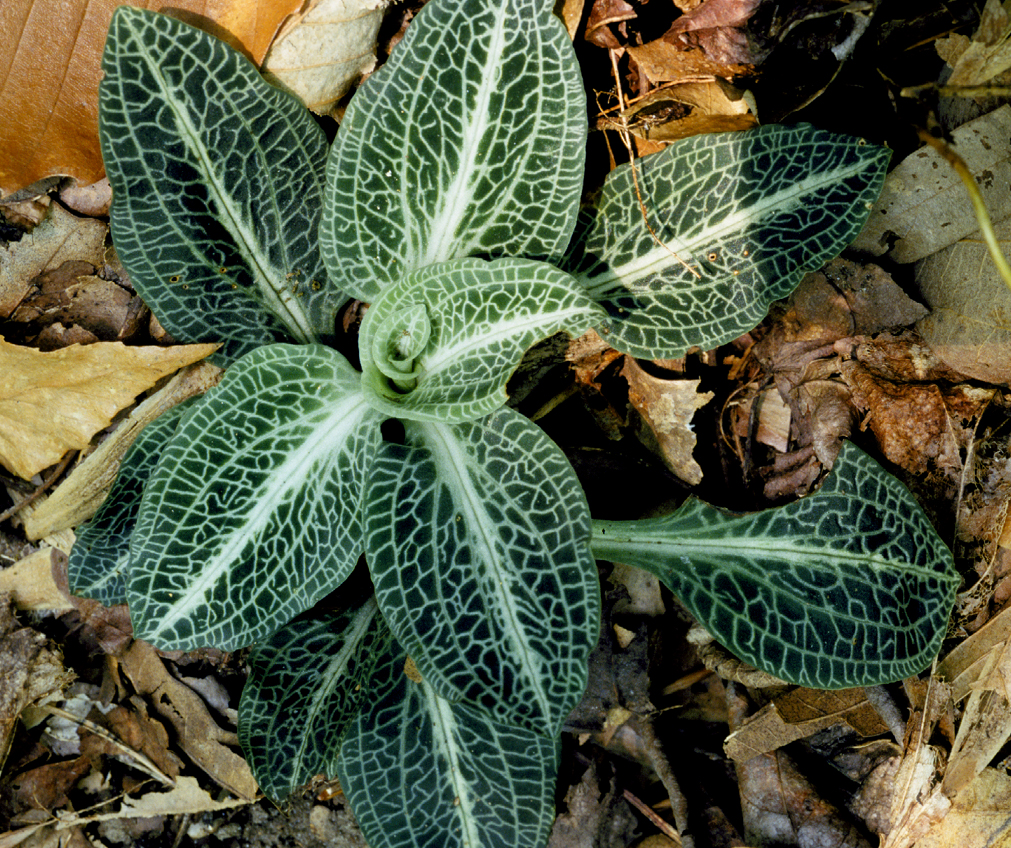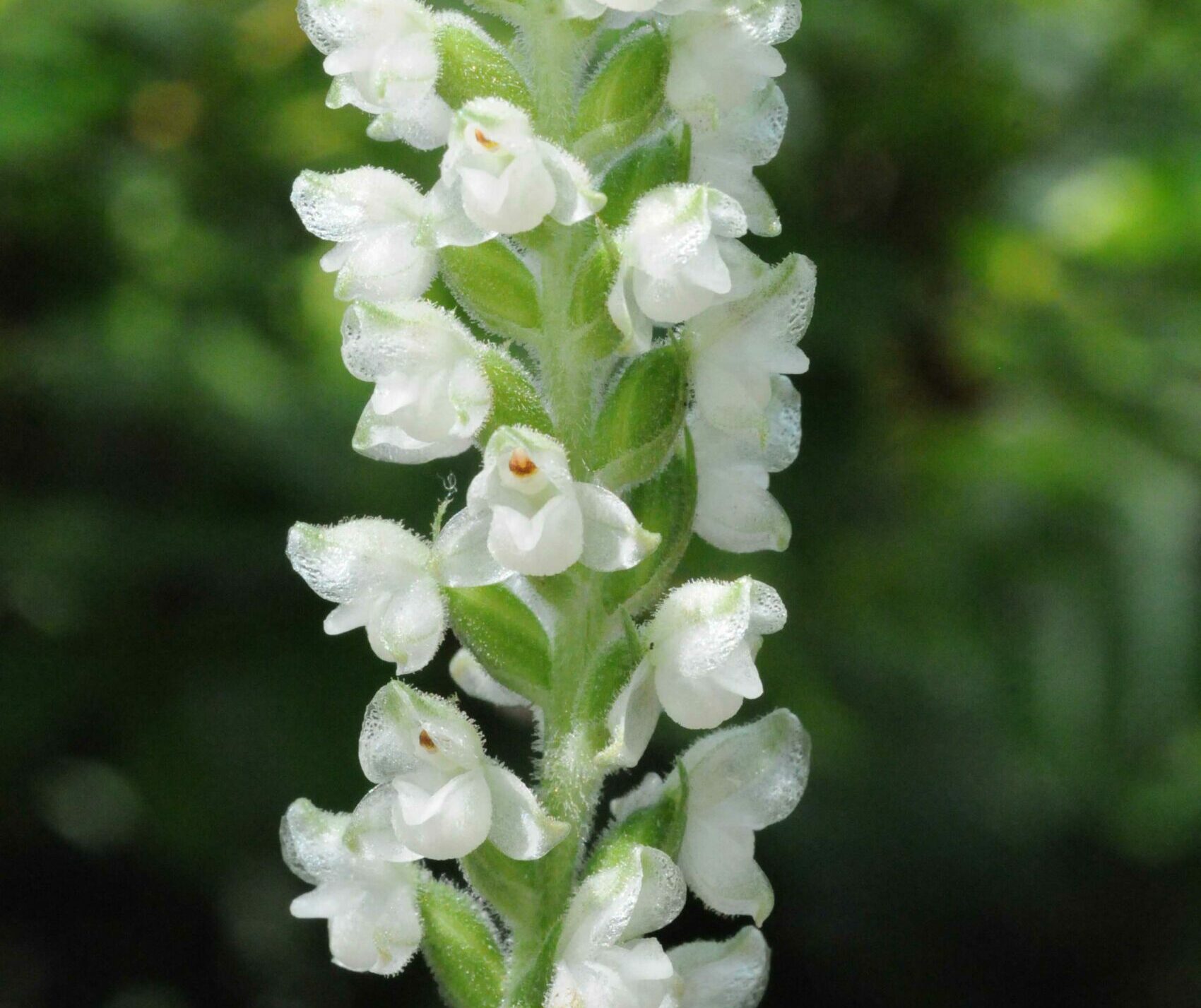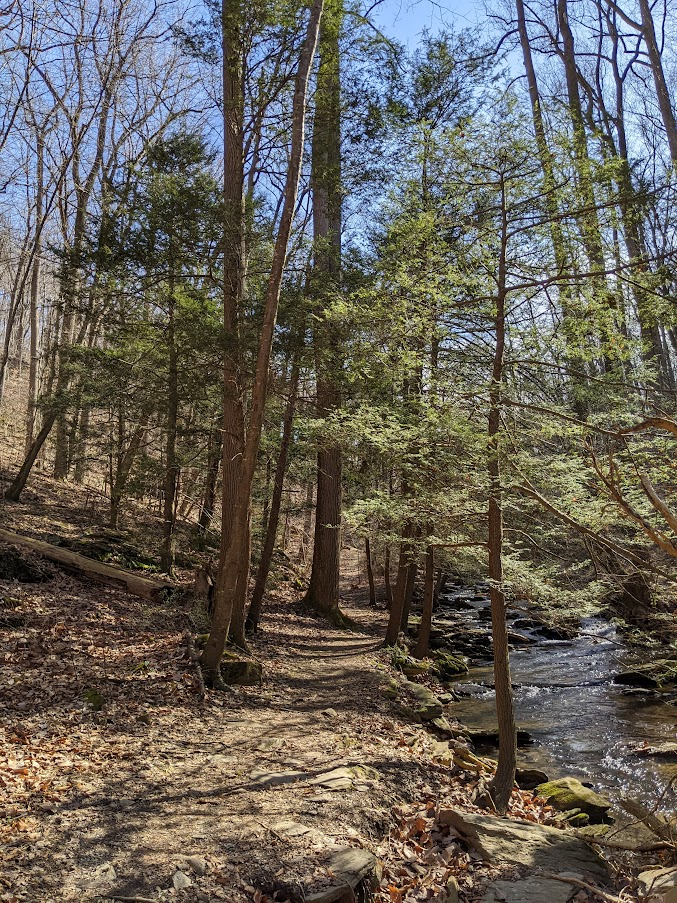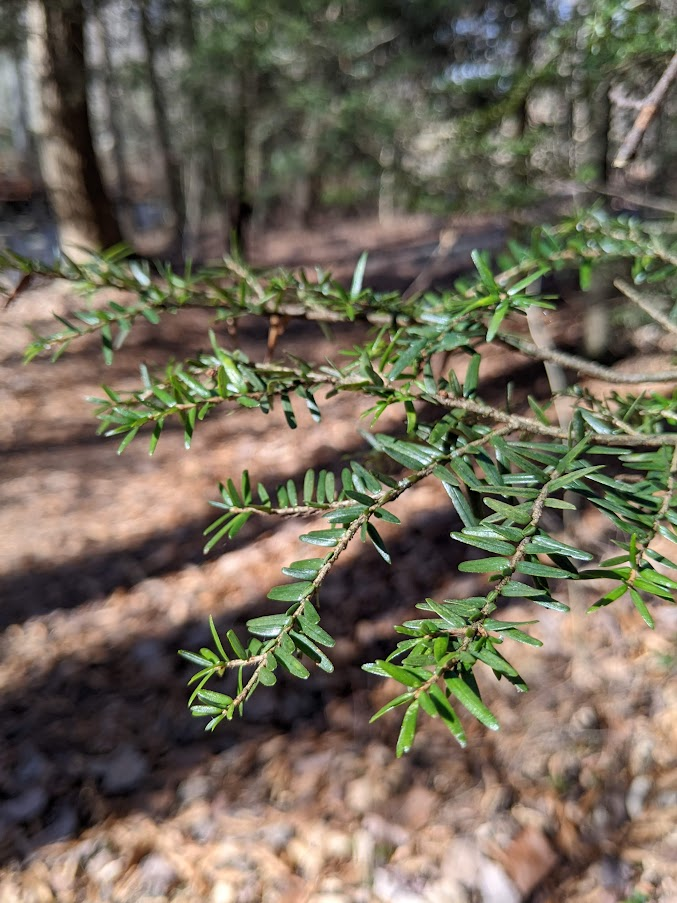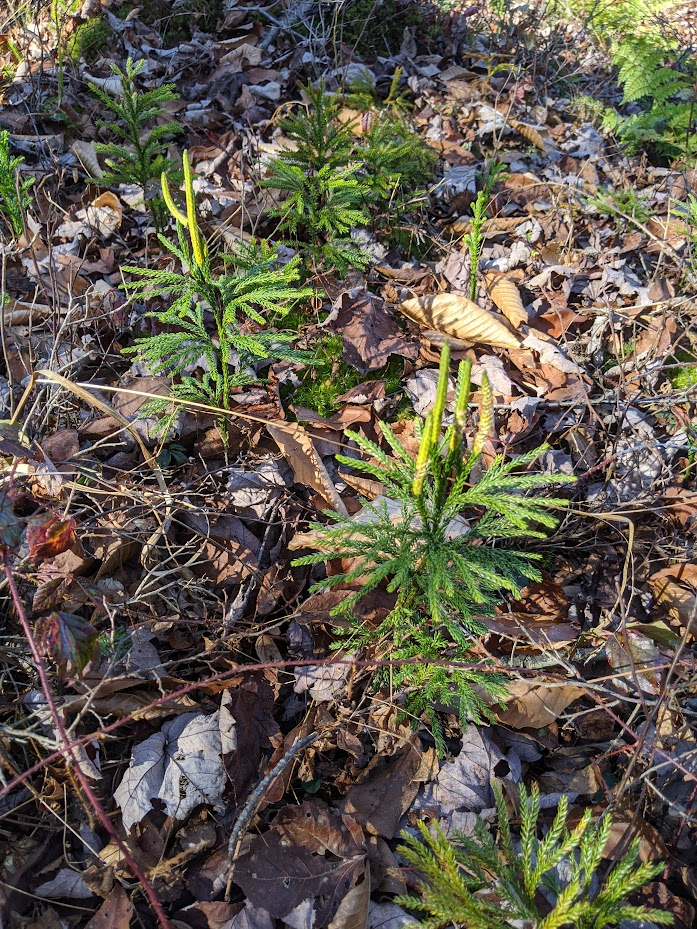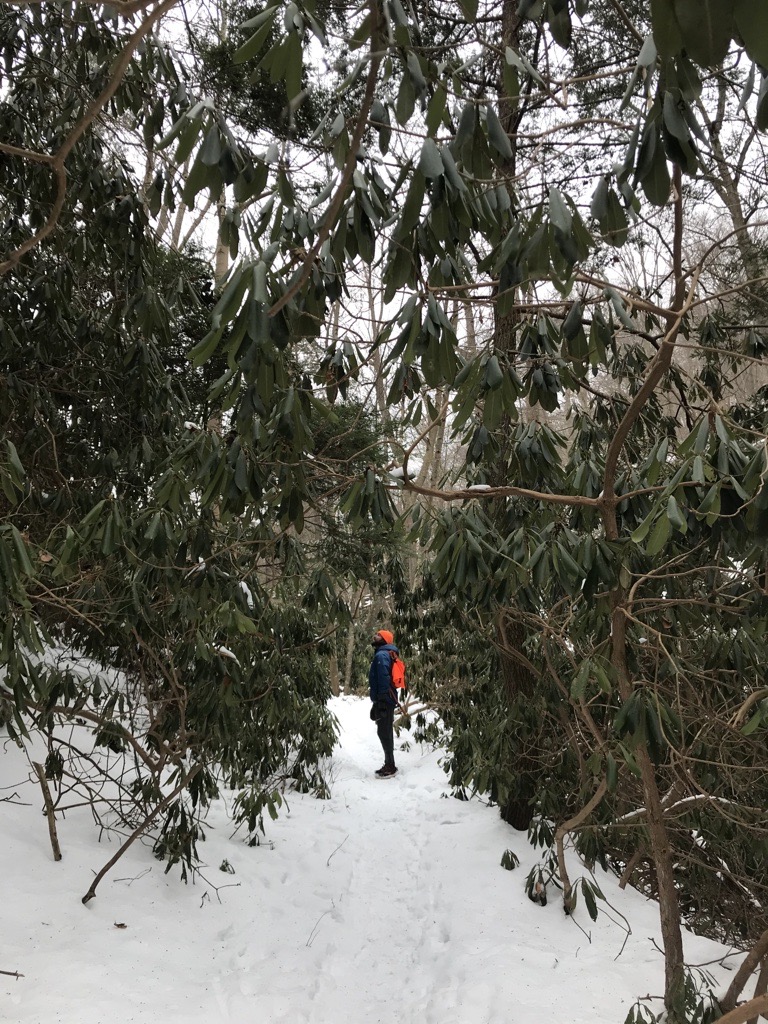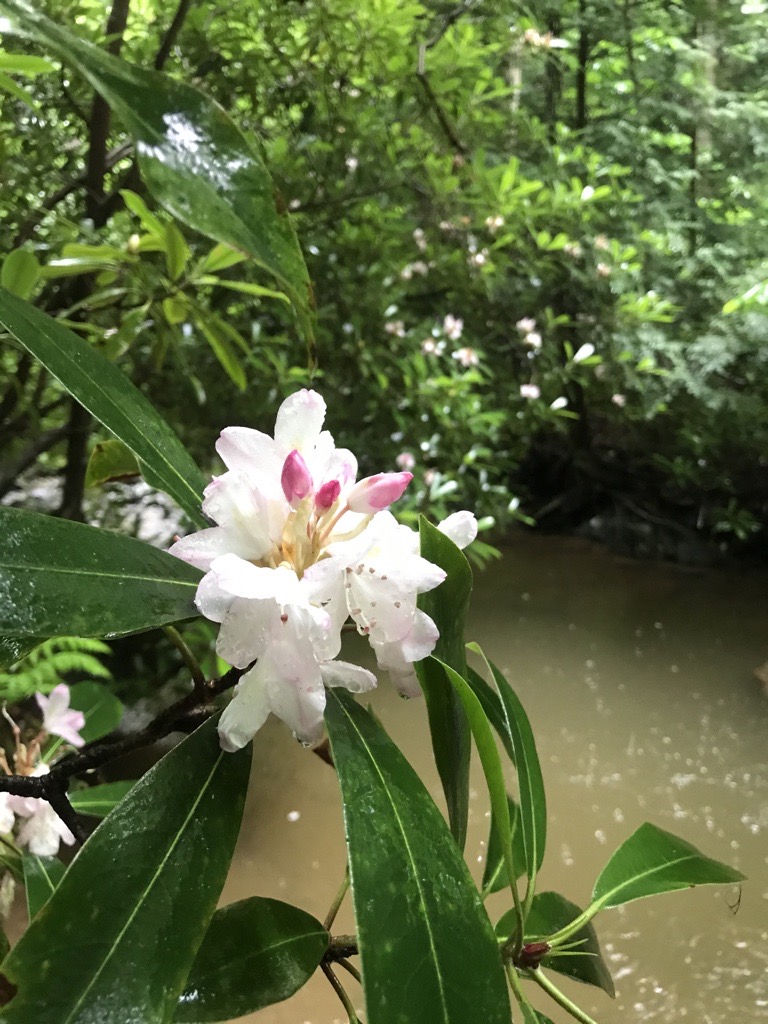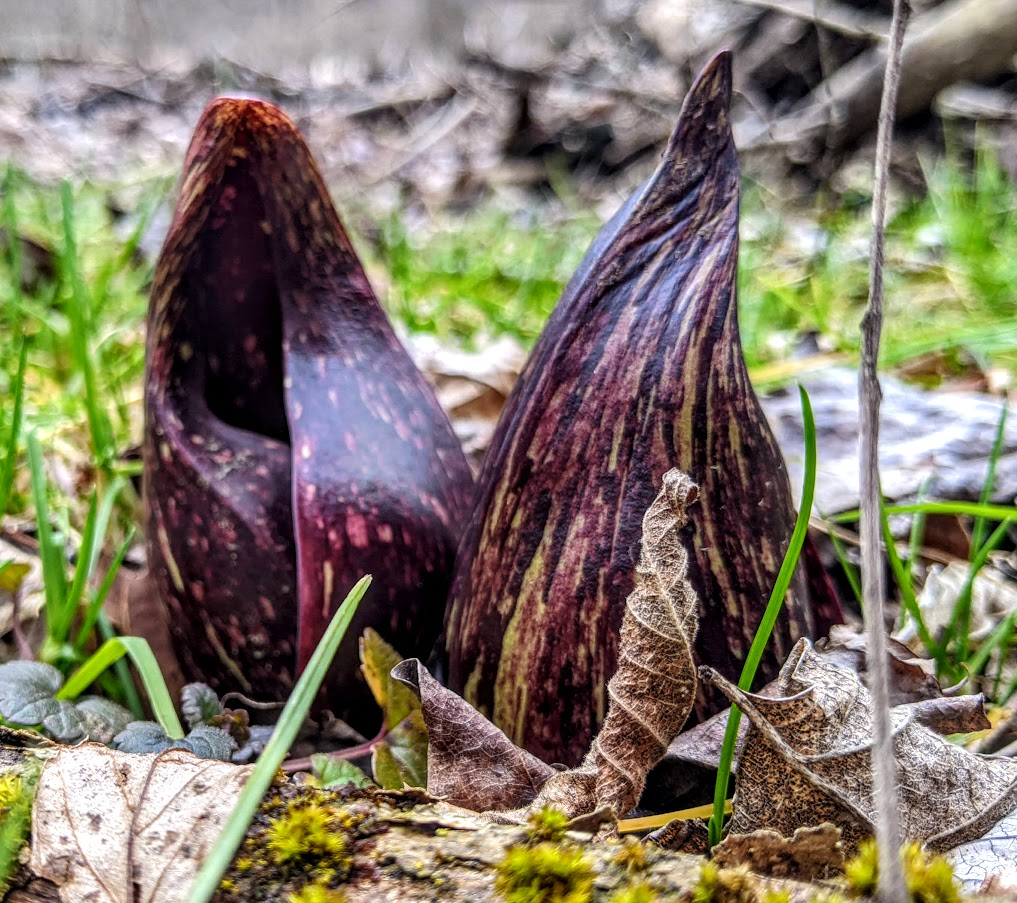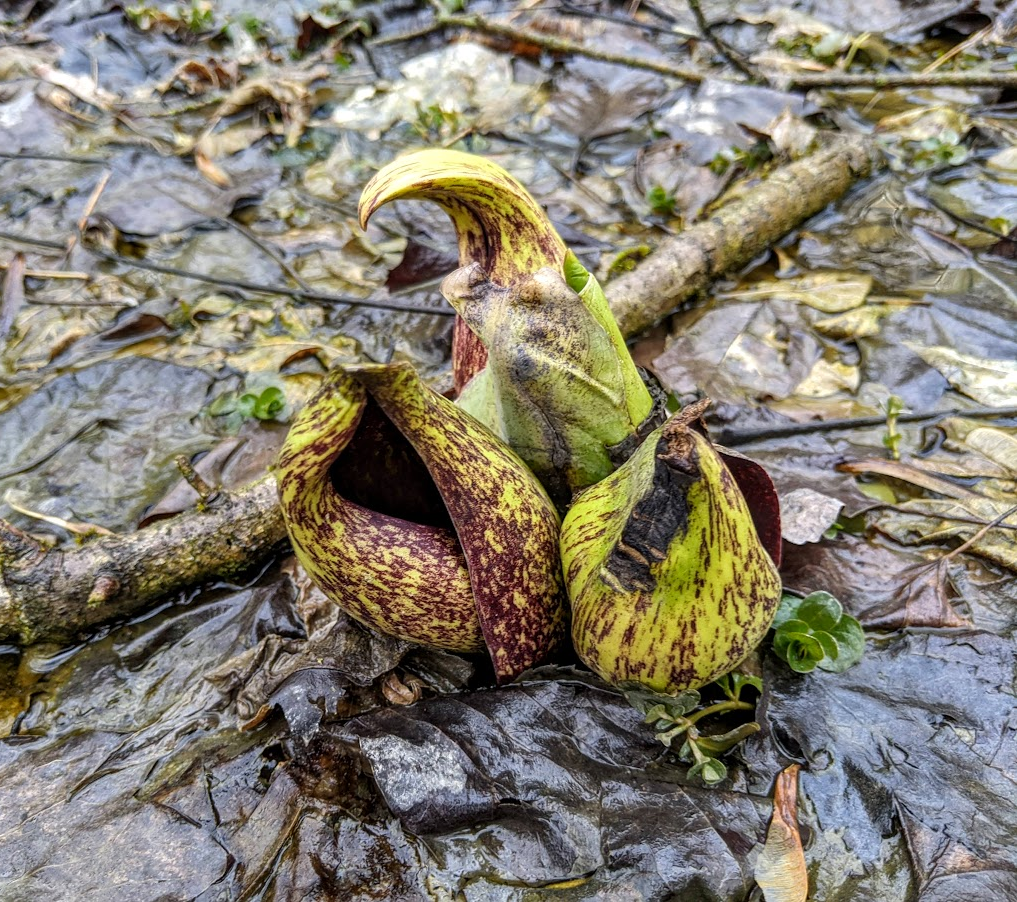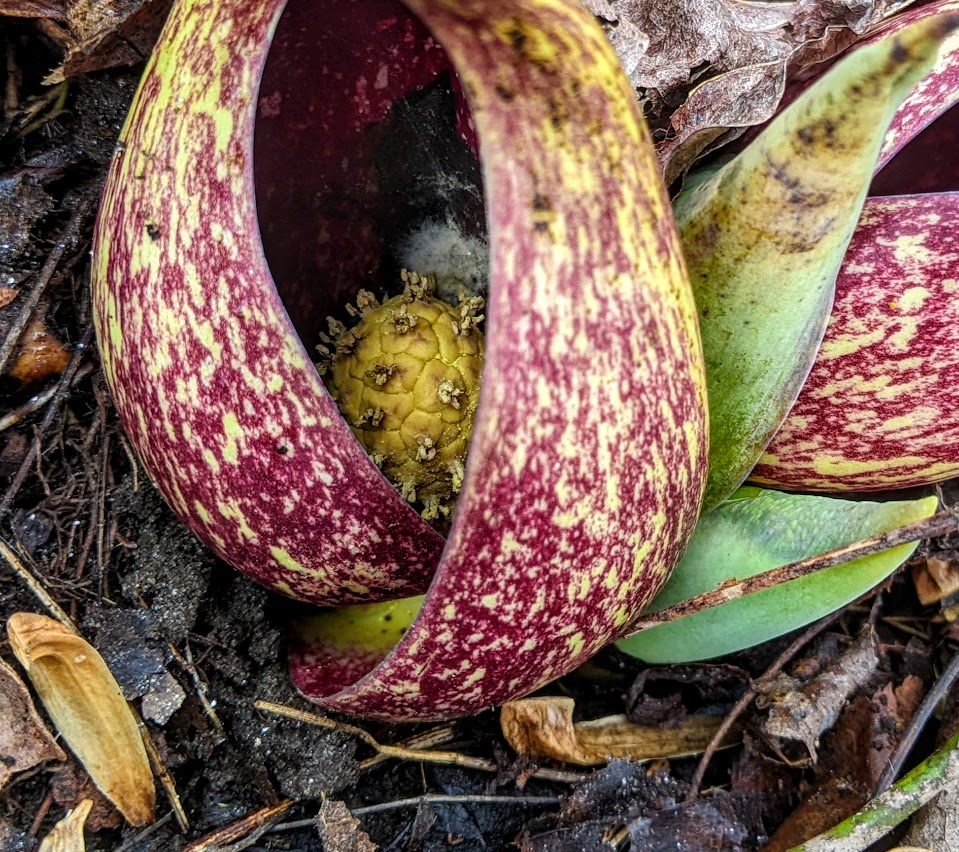Although it may not feel like winter this February, it’s not spring quite yet! The warmer months of the year may seem like more exciting times to be looking for beautiful plants, but there are several interesting native species that grow in Pennsylvania throughout the winter, too. On your next hike, keep an eye out for these winter plants.
Downy Rattlesnake Plantain
Goodyera pubescens
Rattlesnake plantain is a type of orchid that is wide-ranging from Maine to Minnesota, and south to Oklahoma, Arkansas, Alabama, Georgia, and South Carolina. Here in Pennsylvania, you might come across it at Welsh Mountain Nature Preserve. It is an evergreen with blue-green leaves that have prominent white veins, explains Keith Williams, Vice President of Community Engagement at the Lancaster Conservancy. This species prefers dry forest habitats, and it is pollinated by native bees like bumble bees.
Eastern Hemlock
Tsuga canadensis
Our state tree, the eastern hemlock, is found on many of the Lancaster Conservancy’s preserves, such as Otter Creek and Climbers Run. It often grows along cooler hillsides and in shady, steep-sided gorges along fast-moving cold-water creeks, according to Conservancy Educator Peggy Eppig. Hemlocks reach full maturity at 220 to 300 years old. There are some very old hemlocks living on Conservancy preserves, Eppig said, but the oldest tree found to date was living in northern Pennsylvania and is estimated to be over 500 years old! In the winter, you can more easily compare the eastern hemlock to other conifers like the white pine. Its dense, dark green, short needles differ from the longer, brighter green needles of the pines.
Eastern hemlock numbers are currently in decline as they struggle against invasive woolly adelgid, an aphid-like insect that has a white woolly coat and feeds aggressively on the tree’s starches stored at the base of its needles. A heavy infestation of woolly adelgid can cause needle die-off.
Princess Pine
Lycopodium obscurum
One of the most ancient plant groups still living can be found in Pennsylvania, and they are most obvious in winter months, Eppig says. These small plants resemble tiny evergreen trees, but they are not pines – they’re clubmosses. These plants represent some the earliest vascular plants to appear on land, and they maintain a botanical lineage that stretches back to the early Devonian period around 400 million years ago!
One of the most common species found on Conservancy preserves where rich soils and mixed hardwoods grow is the princess pine, and it’s one of the easiest to identify with its little canopy of spreading branches and tiny compact leaves that look like pine needles. Fossil evidence shows that this clubmoss used to grow taller, but now it is observed as a low spreading ground cover. Despite its hardy appearance and bright green winter foliage, princess pine is slow-growing and sensitive to disturbance. Patches of clubmoss growing in our preserves may be quite old since it takes many decades, if not a century, for the species to re-establish on land that was previously logged, farmed, or quarried.
Princess pine can be spotted on nature preserves such as Ferncliff, Fishing Creek, Welsh Mountain, and Kellys Run.
Rosebay Rhododendron
Rhododendron maximum
Rhododendrons – large evergreen shrubs with long, oval, leathery leaves – form dark thickets in the gorges of many of the Conservancy’s riverlands preserves during the winter, explains Williams. They respond to sub-freezing temperatures by curling their leaves, which protects the plants from the desiccating effects of cold air. According to the Pennsylvania Department of Conservation and Natural Resources, the evergreen rosebay gets rosy, pink flowers around June and July, but this time of year, its leaves are what make it stand out. You can find rosebay on Conservancy nature preserves like McCalls Ferry and Kellys Run.
Skunk Cabbage
Symplocarpus foetidus
When you are out walking around the mucky places of the Conservancy’s preserves in February and March, Eppig says, you will see here and there the low curled hoods and thick mottled leaf bud clusters of one of the earliest spring plants to emerge – skunk cabbage. This plant produces a fetid odor and has thick spathes streaked in red, green, and purple, mimicking rotting meat or old moldy apples and drawing early emerging flies and native bees to pollinate it. Look carefully inside the hoods for the small round spadix that hold developing flowers. You might be able to find skunk cabbage at Steinman Run Nature Preserve.
Remarkably, this is one of very few plant species that use thermogenesis to generate heat! This may serve as another enticement for emerging pollinators – a heated little shell of a room where temperature-sensitive insects can wait out a cold night. If we had ice (which so far, we haven’t) you would notice a circle of meltwater around each cluster of hoods and buds, says Eppig.
As temperatures warm and another month goes by, the plant’s large leaves will unfurl to blanket our streambanks and low woods in bright green, and it will seem like skunk cabbage is everywhere all at once, Eppig explains. Skunk cabbage is a good indication of the presence of wetlands, Williams notes.
